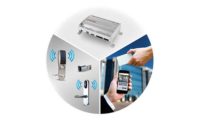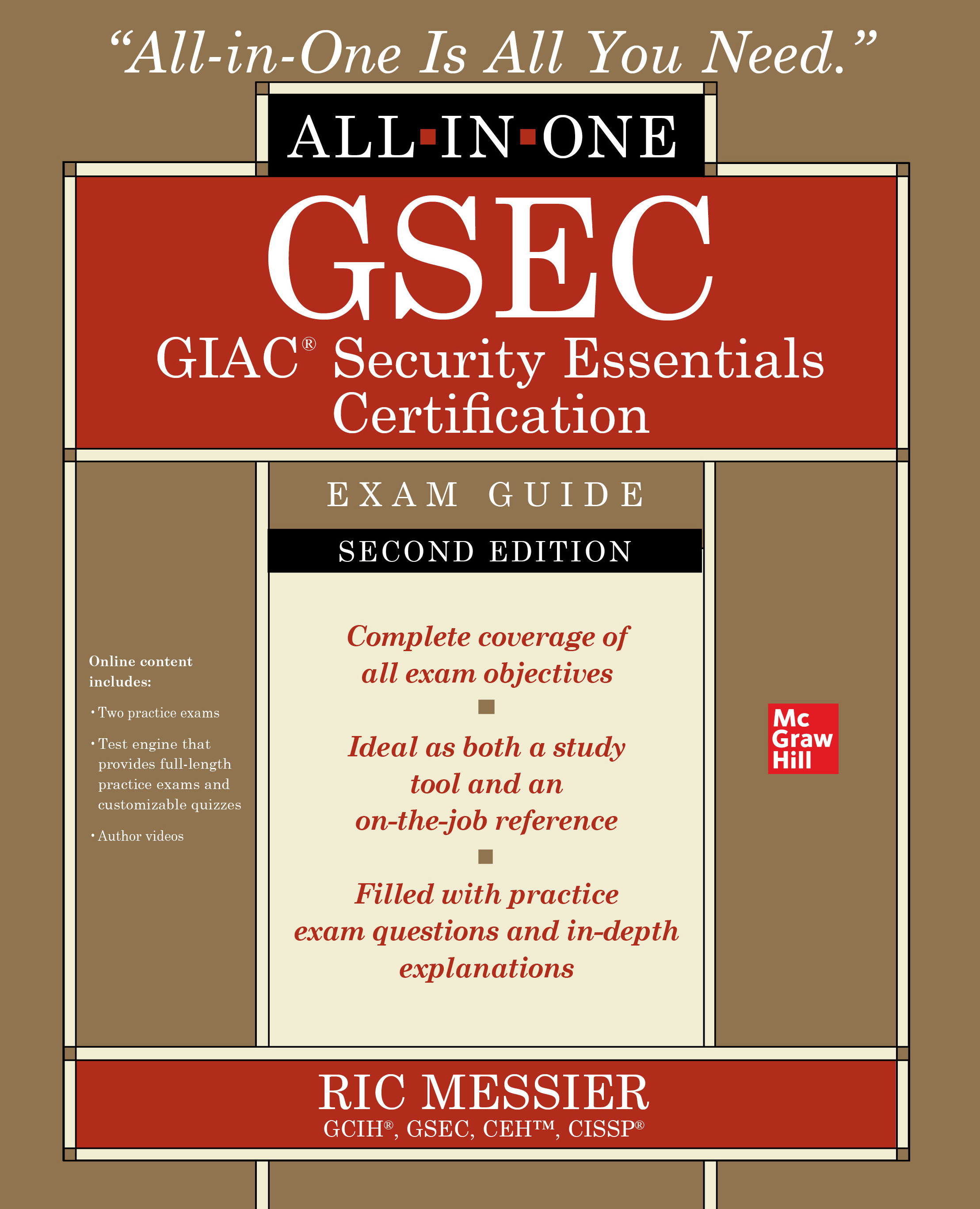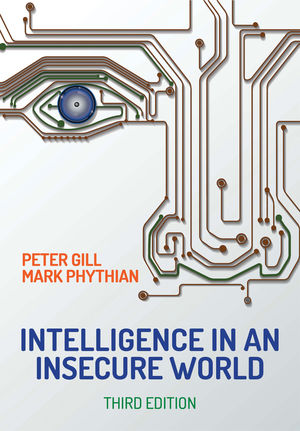According to the recently released 2023 Top Security Trends Report from Brivo, there are two leading access control outcomes desired by the respondents to the sixth annual report: experience and convenience.
These two trends have emerged in recent years as top priorities for end users in the post-COVID business world where office buildings may be mixed-use, employees demand touch-free or mobile credentials and proptech is an increasingly popular term in the security industry.
The survey collected responses from 677 security professionals across the world, from more than two dozen different sectors. According to the report, these respondents cited growing expectations for “frictionless” access control, particularly among millennial and Gen Z workers, as well as a general increase in convenience as a top reason for security adoption and upgrades.
Let’s examine these two concepts a little more closely.
Convenience
For many years there has been a push-pull in the security world on how much convenience to offer at the possible expense of security. Hands-free credentials that open doors when a user gets close to them are extremely convenient for the customer. But the trade-off may be that someone could walk through that unlocked door that shouldn’t have access. But as technology solutions have come up with solutions for those concerns (such as anti-tailgating, analytics and more) convenience now appears to be winning out as a top driver for adopting new physical security solutions.
The Brivo survey found 65 percent of respondents pointing to user convenience as a chief benefit of mobile credentials, for example.
There has also been a resurgence of interest in newer biometric solutions — particularly facial recognition — with 60 percent of the Brivo survey respondents saying they want to add biometrics to their buildings in the next three years and the same percentage predicting facial recognition will have the most impact on access control technology over the next three years.
A recent article in SDM magazine on biometrics found similar trends.
“Biometrics have been enthusiastically supported in many consumer applications in which the benefits for security and convenience are clear and adoption is generally increasing,” said Jake Parker, senior director of government relations at the Security Industry Association (SIA), Silver Spring, Md. Recent public opinion research commissioned by SIA finds that more than 70 percent of American adults support the use of facial recognition by airlines, for airport security, banking and financial transactions, and to secure workplaces, he added.
Mobile credentials also continue their rise in popularity.
In a January article in SDM on readers and credentials, Jeffrey Jachetta, head of sales and customer success at Key Security Designs, an integrator based in Danville, Calif., had this to say: “End users are overwhelmingly requesting readers that can support mobile credentials as they have become accustomed to all other things they control via their phones,” he says. “It used to be a suggestion as a ‘nice-to-have’ upgrade, which the reseller would persuade the end user to opt for. However, the feature request is now frequently being initiated by the end user as a ‘must-have.’”
Experience
While closely related to convenience, the concept of the “experience” of a security system has really taken on new dimensions in recent years as customers look to do more with their security systems beyond just “security.”
The Brivo survey found that tenant and workplace experience apps are growing in popularity, ranking as the fifth most popular security system integration this year, according to respondents. These apps give more control to employees over their office space via mobile-derived services.
The concept of “proptech” has also reached the security industry in a big way. In April 2022 SIA created the Proptech Advisory Board to foster engagement between the proptech community and the global security industry through partnerships, education and thought leadership. Yet it is still a concept that is little understood by many in the security industry.
Lee Odess, chair of SIA’s Proptech Advisory Board, recently described proptech this way: “Technology connecting people and information to simplify how commercial real estate is owned, sold, managed, operated, researched, rented or bought and invested in.”
Even outside the real estate space, however, experience is emerging as a driver of adoption. Cloud-based technologies, remote management and instantaneous credentialing were also cited in the Brivo survey as technologies that made user’s lives easier.
Steve Van Till, CEO of Brivo, summed up the findings in a press release this way: “The key takeaway from our 2023 Trends Report is that user experience and convenience are vital considerations for security professionals today, and this trend shows no sign of slowing as more cohorts of Generation Z enter the workplace with expectations for technology-enabled frictionless access. Cloud-based access control collects the most valuable data for security professionals to make better informed business decisions. The integration of access control with other security and proptech platforms will be essential in meeting stakeholder expectations on convenience and delivering the next generation of access solutions.”
Clearly those who sell access control and integrated security solutions today should be aware of these two driving trends and how they are influencing the purchasing decisions of customers today and in the future.






